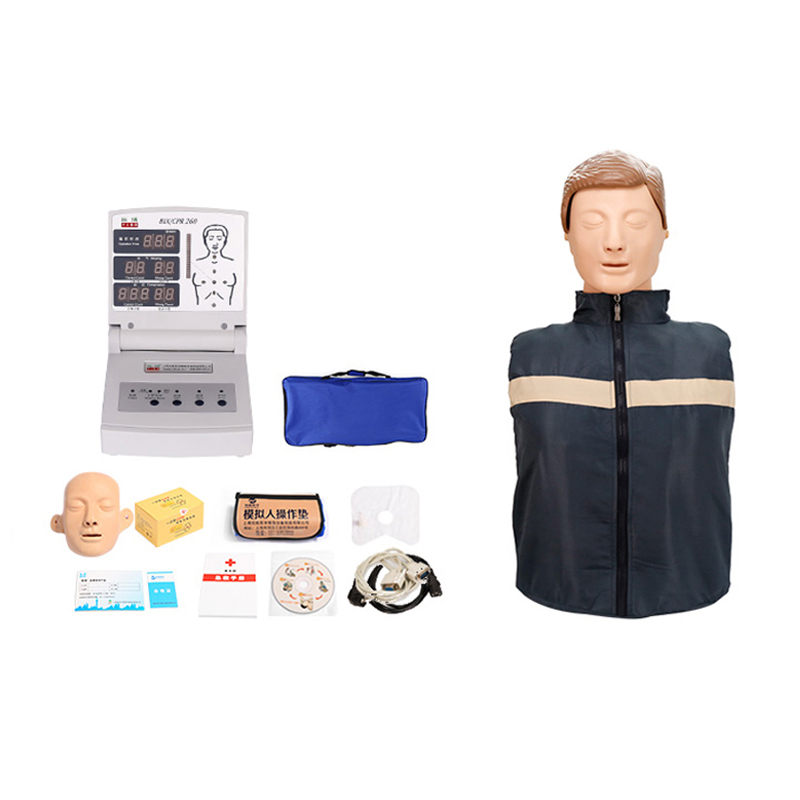03-08-2024
ADA MED SUPPLY LIMITED
Article tag: Half body CPR mode. CPR
In medical training, the half-body cardiopulmonary resuscitation model with its unique advantages fully helps students master cardiopulmonary resuscitation skills and improve first-aid ability. The following is a detailed elaboration of its role in several aspects:
It can highly simulate the anatomy and physiological response of the real human body, providing students with a close to the real operating environment. This simulated environment helps students to better understand the principles and procedures of CPR, while feeling the resistance of compressions and the feedback of breathing during the actual operation, thus deepening their mastery and understanding of the skills.

The intelligent feedback system (such as electronic indicator light, voice prompt, etc.) equipped with the model can provide real-time feedback during the operation of the student, pointing out the errors and shortcomings of the operation. This immediate feedback helps students adjust and improve their operations in a timely manner and improve their skills. At the same time, the system can also record the operation data of students, providing a basis for subsequent evaluation and improvement.
The model supports a variety of training modes, including single operation, double cooperation, etc., to meet different training needs. This kind of flexibility helps training institutions to develop personalized training programs according to the actual situation and teaching objectives of students, and improve the pertinence and effectiveness of training. In addition, the model can also adjust the training difficulty according to the students' mastery, ensuring that the students can further improve the comprehensive application ability on the basis of gradually mastering the basic skills.
When using this model to assess, we can set up a standardized assessment process and scoring standards to ensure the fairness and objectivity of the assessment. This standardized assessment helps to comprehensively assess the students' grasp of cardiopulmonary resuscitation skills, including basic operating skills, response ability, teamwork ability and other comprehensive qualities. The assessment results are not only a test of the students' ability, but also an important way to promote their skills.
By using half body cardiopulmonary resuscitation model for medical training, teaching quality and efficiency can be greatly improved. The model's realistic simulation environment and real-time feedback function help students to master skills faster and reduce the occurrence of errors. At the same time, the flexibility and standardized assessment of the model also facilitate the teaching management and evaluation of teachers, and improve the teaching efficiency and effect.
To sum up, the half-body cardiopulmonary resuscitation model plays an important role in medical training by providing a real simulated environment, real-time feedback and guidance, flexible and diverse training modes, standardized assessment and evaluation, and improving teaching quality and efficiency.